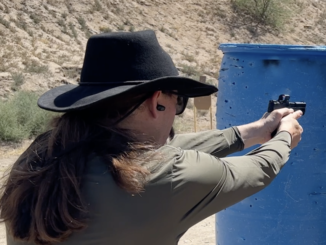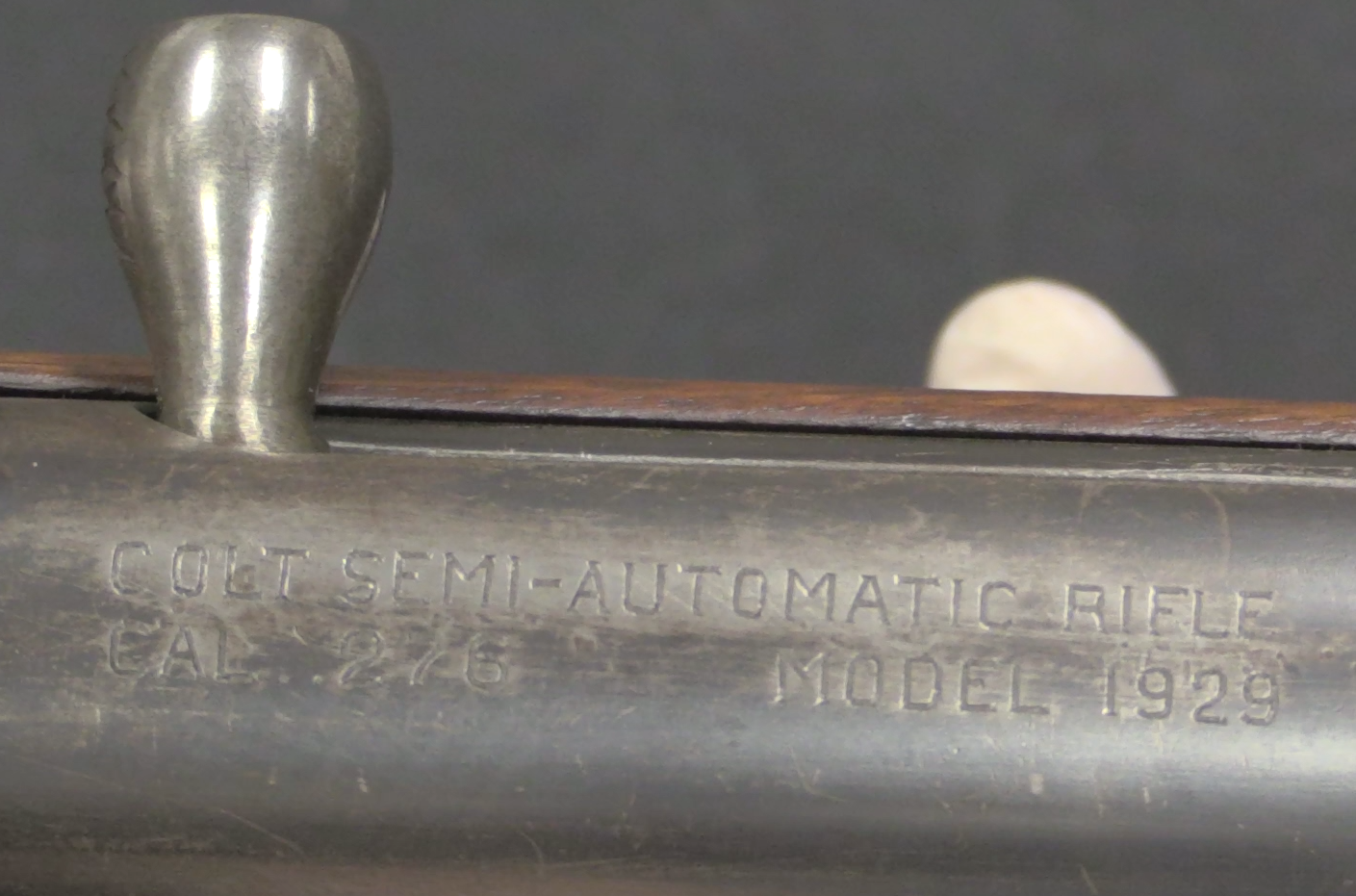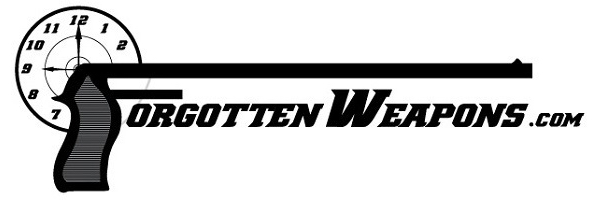Joseph White’s experiments in handgun design did not begin with the White-Merrill 1907 submitted to US handgun trials. In 1905 he submitted a patent (US #888560) for features in these two .38 caliber semiauto prototype pistols. These are both short recoil actions, one with a C96-like locking block and one with a rotating barrel. They are both unusual designs, and pretty interesting to look at…
Related Articles

Competition
.30 Super Carry at the BUG Match!
I don’t normally take actual backup guns to the backup gun match; it’s usually some oddball old pistol. But today, I decided to bring out the new S&W Shield Plus in .30 Super Carry. It’s […]

Manual machine guns
Reproduction Nordenfelt Gun
A few days ago I was at a small machine gun shoot (which wound up being a bit larger than I’d expected), and was happily surprised to discover that one of the attendees had brought […]

carbine williams
Colt Model 1929 Prototype .276 Rifle
July 22, 2016
Ian McCollum
carbine williams, garand development, Prototype, Semiauto Rifles, Video
43
On October 1, 1928, the US War Department published a request for semiautomatic rifle designs. The Colt company submitted this .276 caliber rifle to the ensuing trials in 1929. It was designed by Jonathan Edward […]

“In 1905 he submitted a patent (US #888560) for features in these two .38 caliber semiauto prototype pistols”
Notice that patent shows that this is weapon for rimmed cartridge.
Were not rimless automatic pistol cartridges not available in 1905 in USA or its popularity were so small so it was decided it is better to use rimmed?
I suspect conservatism had something to do with it. Most officers still used revolvers, which used rimmed ammunition. Browning pistols were still considered a novelty at the time and were likely more expensive than the revolvers of the day. Did I mess up?
From all indications, White was hoping for an Army contract, as he entered a later version in the 1909-1910 trials. At the time, the Army stipulated that any new design had to use the standard-issue ammunition. Which in 1905-1907 was still the .38 “Long” Colt cartridge, as used in the Model 1892 and 1894 revolvers.
In fact, the cartridges shown in the patent drawing are .38 Long rounds. This probably explains the magazine.
Note that the rotating-barrel locking system showed up on the Roth-Steyr 1908 and later the Steyr-Hahn 1911. Not to mention the even later Mexican Obregon. The question is, who came up with it first?
I suspect White may have been its originator.
cheers
eon
“I suspect White may have been its originator”
Locking via rotation might be found in Krnka automatic pistols:
-civilian known as Krnka-Sauer model 1900 (second name is after manufacturer): http://www.hungariae.com/RothSau.htm
it fired proprietary cartridge, ballistic-wise similar to .32 Auto; due to own cartridge and complicated (=expensive) design in comparison to other same-era .32 automatic pistols, so it was relatively fast dropped from production and replaced by Sauer Modell 1913 which use normal .32 Auto cartridge and is blow-back operated
-used by Austria-Hungary Repetierpistole M.7, considering that Steyr-Hahn was not new in that respect – most probably this feature was borrowed from said Repetierpistole M.7; fired 8 x 19mm cartridge (unique to this weapon)
“The question is, who came up with it first?”
Assuming that patent date decide:
I will say that it was probably Wasa Theodorovic, which got patent in 1895, this design was later developed by Krnka.
Bit time liter J.M.Browning got US Patent 580925 FIREARM. (Patented Apr. 20, 1897).
Early Krnka pistols were generaly “Rotating Breech” locks, should not be confused with “Rotating Barrel”. First widely produced rotating barrel locked pistol should be Steyr 1907.
Pins, levers, flat springs, coil springs, plates, screws, striker with separate plus canted firing pin… It seems, Mr. White was fond of playing puzzles.